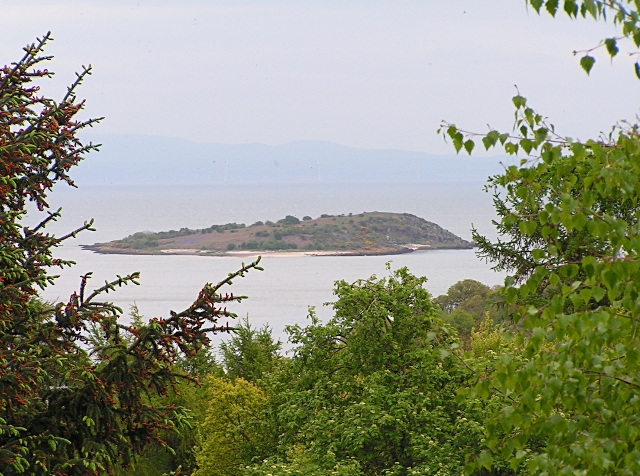Bells Isle
Island in Kirkcudbrightshire
Scotland
Bells Isle

Bells Isle, also known as Belle Isle, is a small and picturesque island located off the coast of Kirkcudbrightshire in southwestern Scotland. Situated in the estuary of the River Dee, Bells Isle is approximately 1.5 miles long and covers an area of around 90 acres.
The island is a popular tourist destination due to its stunning natural beauty and rich history. It is home to a diverse range of wildlife, including various species of birds, seals, and otters, making it an ideal spot for nature enthusiasts and birdwatchers. The island's landscape is characterized by rocky shores, sandy beaches, and rolling green hills, providing visitors with ample opportunities for outdoor activities such as hiking, fishing, and boating.
Bells Isle has a long and fascinating history, with evidence of human occupation dating back to prehistoric times. It has been inhabited by various Celtic and Norse communities throughout the centuries, and remnants of their settlements can still be seen today. The island also played a significant role in the smuggling trade during the 18th and 19th centuries.
In addition to its natural and historical attractions, Bells Isle is home to a few holiday cottages, making it a popular destination for those seeking a peaceful and idyllic retreat. The island can be accessed via a small ferry from the nearby town of Kirkcudbright, which adds to its charm and exclusivity.
Overall, Bells Isle is a hidden gem that offers visitors a unique and tranquil escape, combining stunning landscapes, rich history, and abundant wildlife.
If you have any feedback on the listing, please let us know in the comments section below.
Bells Isle Images
Images are sourced within 2km of 54.856904/-3.7647469 or Grid Reference NX8652. Thanks to Geograph Open Source API. All images are credited.


![Coastguard sign Sign on the gate beside the entrance to Glenurr [<a title="https://www.geograph.org.uk/photo/4695750" href="https://www.geograph.org.uk/photo/4695750">Link</a>]. This is a ready-made geograph - they have very kindly given the grid reference on the sign!](https://s2.geograph.org.uk/geophotos/04/69/57/4695754_1f74f30e.jpg)
Bells Isle is located at Grid Ref: NX8652 (Lat: 54.856904, Lng: -3.7647469)
Unitary Authority: Dumfries and Galloway
Police Authority: Dumfries and Galloway
What 3 Words
///reflected.revolts.parsnip. Near Dalbeattie, Dumfries & Galloway
Nearby Locations
Related Wikis
Colvend and Southwick
Colvend and Southwick is a community council area and civil parish within the Stewartry area of Dumfries and Galloway, Scotland. It is also part of the...
Rough Island, Scotland
"Rough Island" is also used as a translation of "Garbh Eilean", a common Scottish name for islandsRough Island is a 20-acre (8 ha) uninhabited tidal island...
Rough Firth
Rough Firth is an inlet on the northern coast of the Solway Firth in the Stewartry area of Dumfries and Galloway, Scotland. The firth lies between Almorness...
Rockcliffe, Dumfries and Galloway
Rockcliffe is a small, coastal village in Kirkcudbrightshire, Dumfries and Galloway in Scotland, with a view of Rough Island, Hestan Island, the Solway...
Nearby Amenities
Located within 500m of 54.856904,-3.7647469Have you been to Bells Isle?
Leave your review of Bells Isle below (or comments, questions and feedback).

















